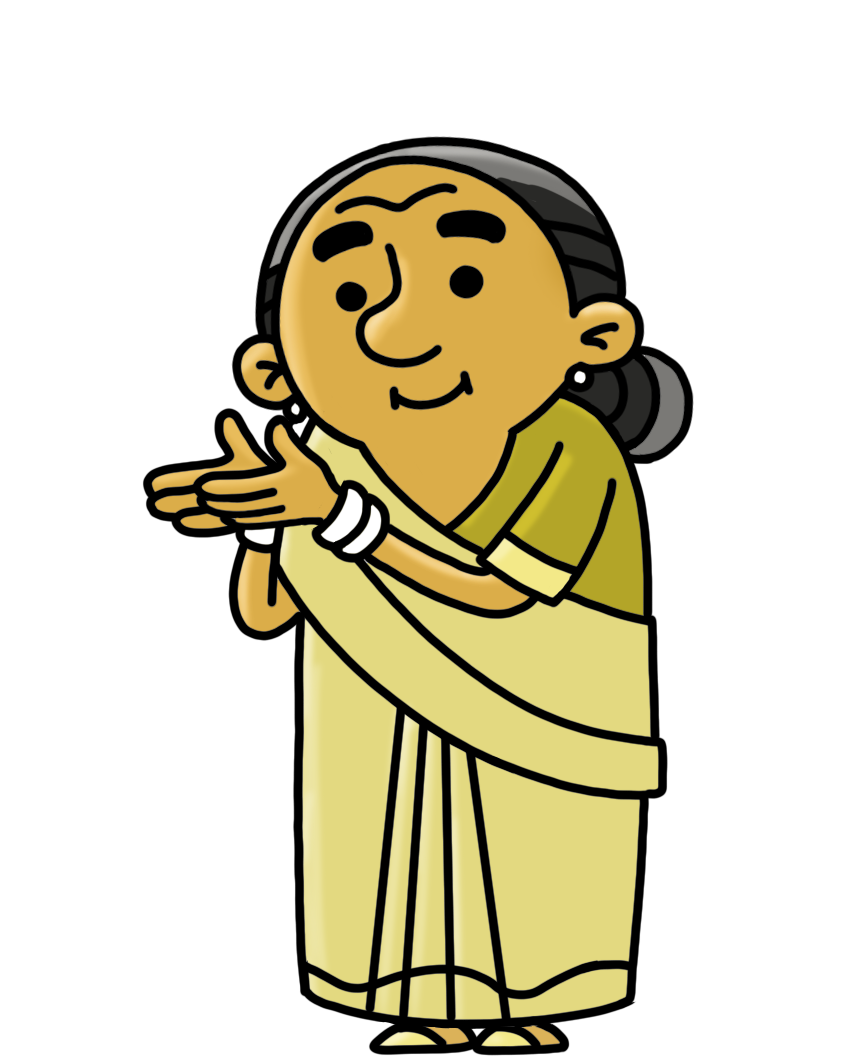It is the duty of the government and the local authorities to ensure that children from disadvantaged groups are not discriminated against and are able to complete their elementary education. Parents of children belonging to disadvantaged groups should get representation in the School Management Committees in proportion to the number of such students enrolled.1 Specified category schools and unaided private schools are mandated to admit in first class (Class 1), children belonging to weaker sections and disadvantaged groups to a minimum of 25% of the class size.2
Children with HIV
While children belonging to disadvantaged groups earlier did not extend to children with HIV, the Supreme Court of India ordered that the State Governments should consider adding children living with or affected by HIV to disadvantaged groups by way of notification given here.3 Consequently, children with HIV are counted under disadvantaged groups for the Right to Education in Union Territories of Chandigarh, Dadra and Nagar Haveli and Daman and Diu.4 Karnataka also includes children with HIV under disadvantaged groups. More states may include children with HIV or affected by HIV in the disadvantaged groups for the purpose of RTE.5
Children belonging to Scheduled Castes and Scheduled Tribes
Children belonging to Scheduled Castes and Scheduled Tribes are also included under the category of disadvantaged groups in the RTE law. Certain states in India give priority to Scheduled Castes and Scheduled Tribes in case of 25% admissions to disadvantaged categories in specific categories and unaided private schools. For example, the state of Haryana6 provides for a reservation of 5% seats out of the 25% admissions for Scheduled Castes. Similarly, the state of Karnataka has 7.5% and 1.5% seats EWS seats reserved for Scheduled Castes and Scheduled Tribes respectively.7
Children with disabilities
All children, who are citizens of India have a right to education, including children with disabilities. The Constitution of India provides that nobody can be denied admission into any educational institution based on their religion, race, caste or language8 Moreover, the State is directed to provide free and compulsory education for all until the age of 14 years and no child can be denied admission to any educational institution maintained by state funds on grounds such as religion, race, caste or language.9
A child with a disability has special rights for getting an education. Some of these are:
- The child can get free education till she turns 18.10
- The child can get special books and equipment that s/he needs for free from the government.
Also, the government has to take special steps to help children with disabilities get an education including:
- Provision of safe transport facilities to enable them to attend school and complete elementary education.11
- Materials for special learning and educational support.12
- Provision of scholarships, part-time classes, informal education and make it easier for such children to give exams etc. A child with 80% disability or two or more disabilities can choose to be educated at home.13
- Section 21, The Right of Children to Free and Compulsory Education Act, 2009. [↩]
- Section 12(1)(c), The Right of Children to Free and Compulsory Education Act, 2009. [↩]
- Naz Foundation India Trust v. Union of India, (2018) 11 SCC 547. [↩]
- Ministry Of Human Resource Development (Department Of School Education And Literacy) Notification New Delhi, the 18th May 2017, available at https://mhrd.gov.in/sites/upload_files/mhrd/files/upload_document/rte_notification.pdf [↩]
- Rule 2(e), Karnataka Right of Children to Free and Compulsory Education Rules, 2012. [↩]
- Rule 7(4), Haryana Right of Children to Free and Compulsory Education Rules, 2011. [↩]
- Admission of Children Belonging To Disadvantaged Group And Weaker Section Under Rte, Circular, Government Of Karnataka Available At http://www.schooleducation.kar.nic.in/Prypdfs/rte/RTECircular18313.pdf. [↩]
- Article 29(2), The Constitution of India, 1950. [↩]
- Article 45, The Constitution of India, 1950. [↩]
- Section 31, Rights of Persons with Disabilities Act, 2016. [↩]
- Rule 6(7), The Right of Children to Free and Compulsory Education Rules, 2010. [↩]
- Rule 9, The Right of Children to Free and Compulsory Education Rules, 2010. [↩]
- Section 17, The Rights of Persons with Disabilities Act, 2016. [↩]


Tanishka Santosh Bhagat
March 12, 2023
It was good
Angel Bangre
November 21, 2025
I am the student of class 10th J.M.J navjeevan school Rajnandgaon Chhattisgarh. I am very disappointed with my principal’s behaviour today I was not feeling well but went to school for giving the exam after the exam I went to my principal for asking her to give me permission to go home instead of asking or giving permission she started scolding me that it’s your daily habit that you always come to me and asking for going home. I was just in too much pain it was paining too much in my chest. I have a question what if something serious will happen then will she pay for it or take all blame on her? No n! I want you to take a strict action against her